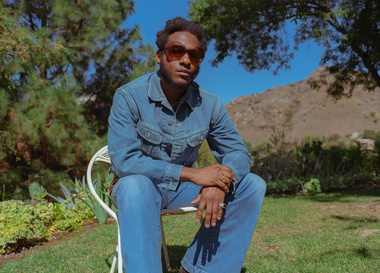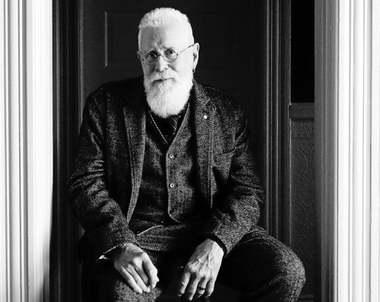Classic-rock tours are big business. Despite its hefty ticket price, Desert Trip—a three-day festival on the Coachella grounds featuring The Rolling Stones, The Who, Paul McCartney, Bob Dylan, Roger Waters and Neil Young—sold out two weekends in less than a day. Several new Bruce Springsteen tour dates, meanwhile, are offering “platinum seats” topping out at $500 each. Fans aren’t just paying for nostalgia—they’re shelling out for the privilege of seeing legends in action, doing what they’ve done best for decades.
New studio albums from classic rockers, on the other hand, are less of a sure bet. We’re not expecting another Nebraska or Quadrophenia, but it’s rare even to hear a record that enhances or extends an artist’s legacy. Which begs the question: Can classic rockers with nothing left to prove still create vital music?
In Tom Petty’s case, the answer is a resounding yes. Nearly a decade ago, he resurrected his early ’70s band Mudcrutch, whose lineup features fellow Heartbreakers Mike Campbell and Benmont Tench, along with guitarist Tom Leadon and drummer Randall Marsh. In addition to revisiting older material, the quintet forged ahead with new material—and the excellent 2 sounds completely separate from the rest of Petty’s catalog.
Tench whips up a jazzy boogie-woogie called “Welcome to Hell,” while Marsh’s optimistic “Beautiful World” is infectious, Southern-tinged alt-country. Petty, meanwhile, sounds looser and more reflective than he has in years on his contributions: “I Forgive It All” is simple folk-rock revolving around conspiratorial acoustic guitar, while highlight “Hope” is a garage-fuzz stomp dominated by psychedelic organ burbles. Even his own vault treasures—“Trailer” is a languid redo of a Southern Accents B-side, and barnstorming highlight “Dreams of Flying” dates from the Wildflowers sessions—feel rejuvenated.
Dylan sounds equally engaged on his new studio album, mainly because he’s fired up by the source material. A sequel of sorts to 2015’s pleasant surprise Shadows in the Night, Fallen Angels once again focuses on standards covered by Frank Sinatra, with an emphasis on early work with big bands (“Melancholy Mood,” “All Or Nothing at All”). Still, the music remains ascetic—tendrils of tropical-jazz guitar curl around whispered percussion—and Dylan sounds even more comfortable as a Rat Pack crooner. He’s a dead ringer for Sinatra on “Young at Heart” and “Maybe You’ll Be There,” and exudes rakish, animated charm on standouts “Polka Dots and Moonbeams” and “That Old Black Magic,” the latter of which also boasts a playful, swinging drum solo.
Eric Clapton’s latest, I Still Do, also features mostly covers of blues and folk standards. (The LP even has a gospel-tinged take on Dylan’s “I Dreamed I Saw St. Augustine.”) Sonically it sounds impeccable, thanks to finesse-filled production from Glyn Johns, who last worked with Clapton on 1977’s Slowhand. But overall, E.C. sounds so comfortable on I Still Do, it often comes at the expense of urgency and listener attention.
It’s a shame, as the disc’s original songs—including the smoldering “Spiral” and “Catch the Blues,” a light-touch bossa-nova number highlighting backup vocalists Sharon White and Michelle John—show flickers of progress. And it’s not like Clapton is losing his touch: His take on Robert Johnson’s “Stones in My Passway” is gritty and fiery, and he does sharp justice to a pair of songs originally written by his late collaborator and friend, JJ Cale. But ultimately, I Still Do shows how staying in one’s familiar wheelhouse can be the quickest route to inertia.

Bob Dylan Fallen Angels

Eric Clapton I Still Do

Mudcrutch 2










